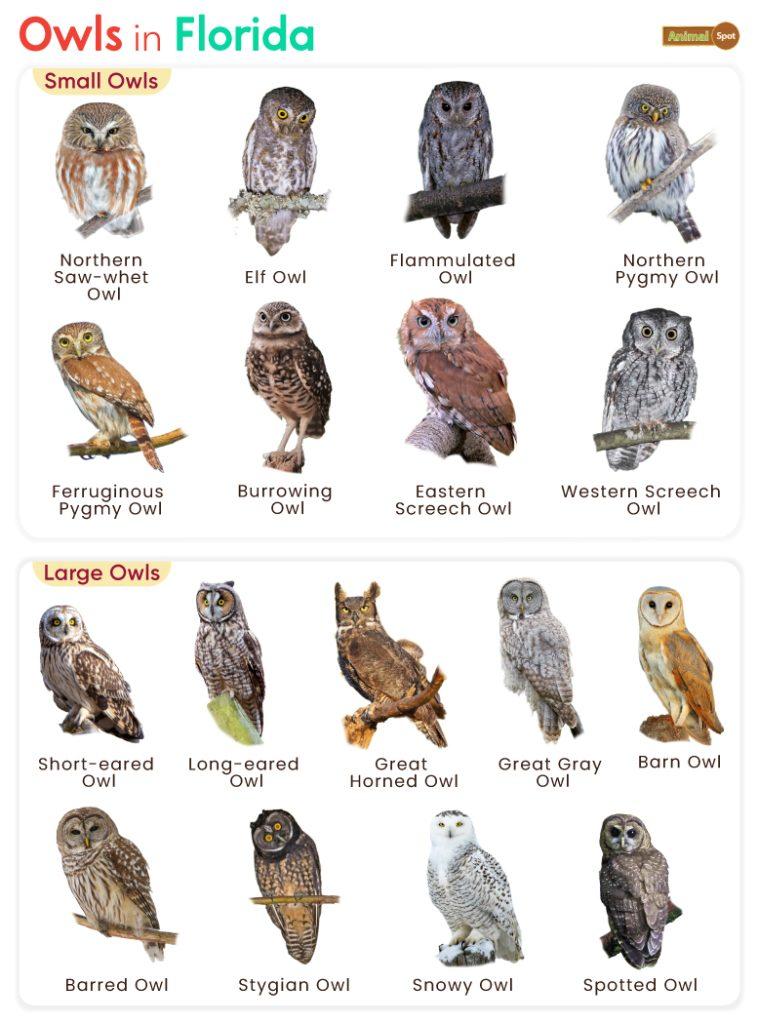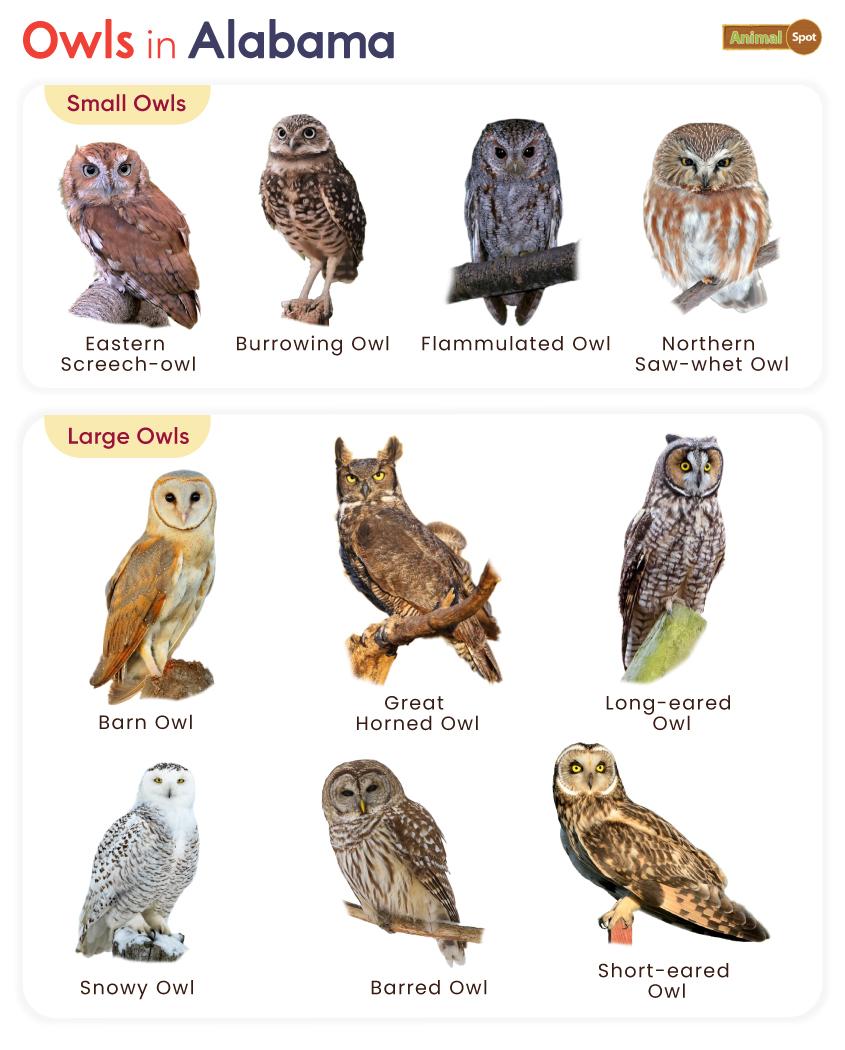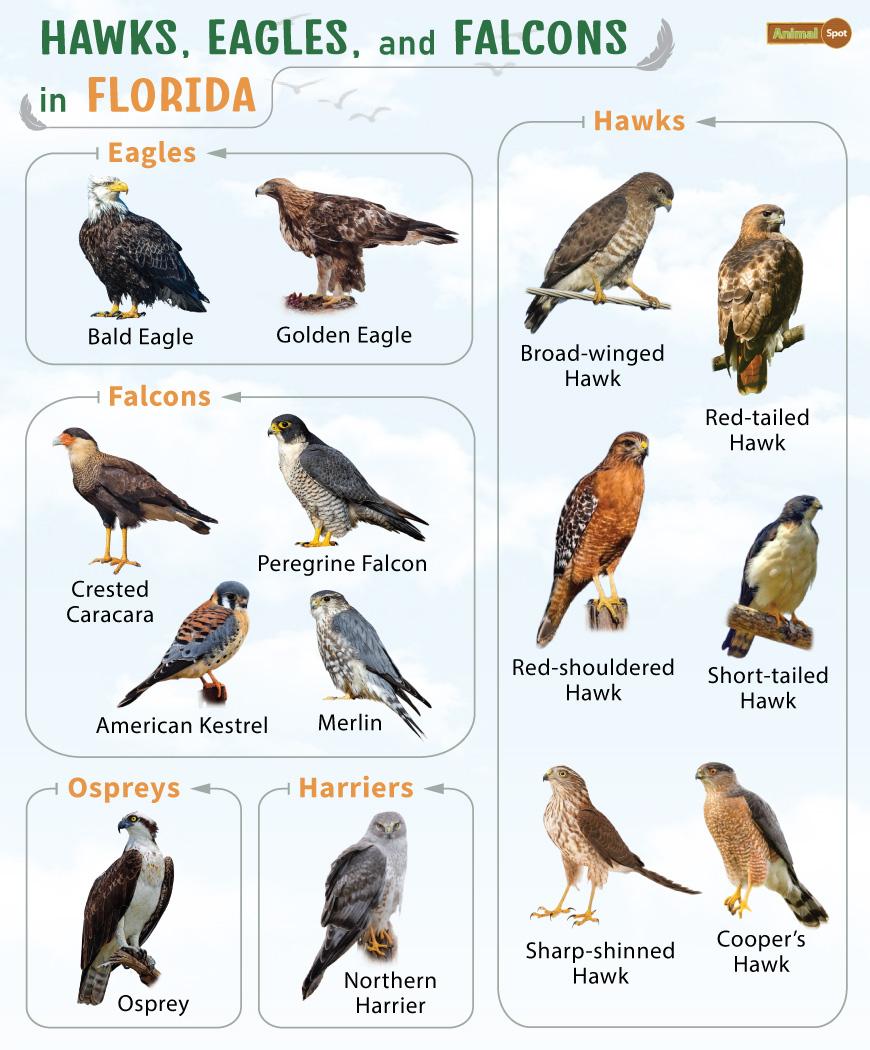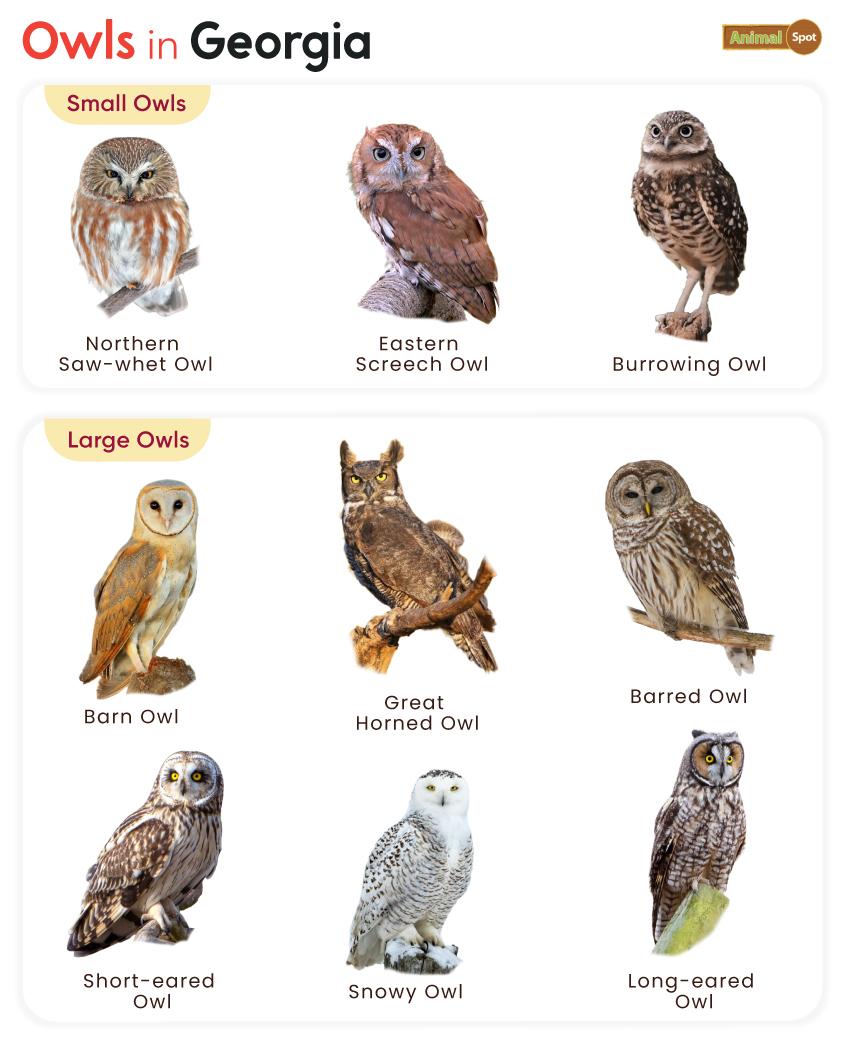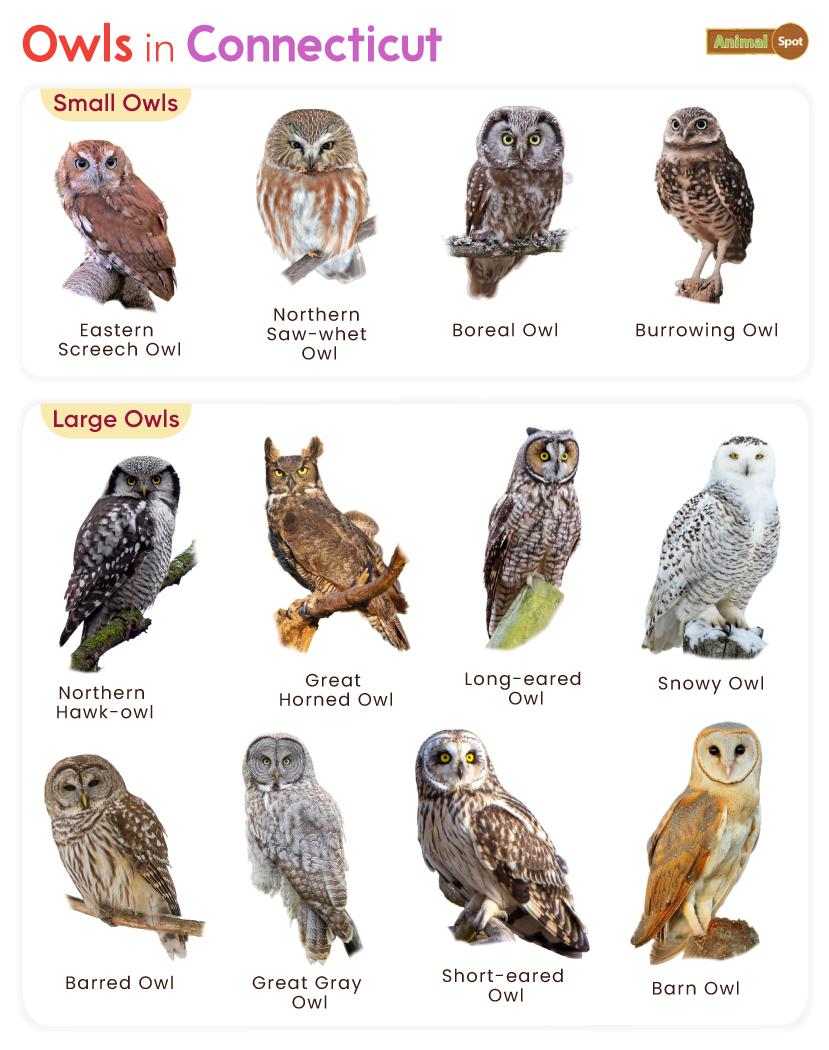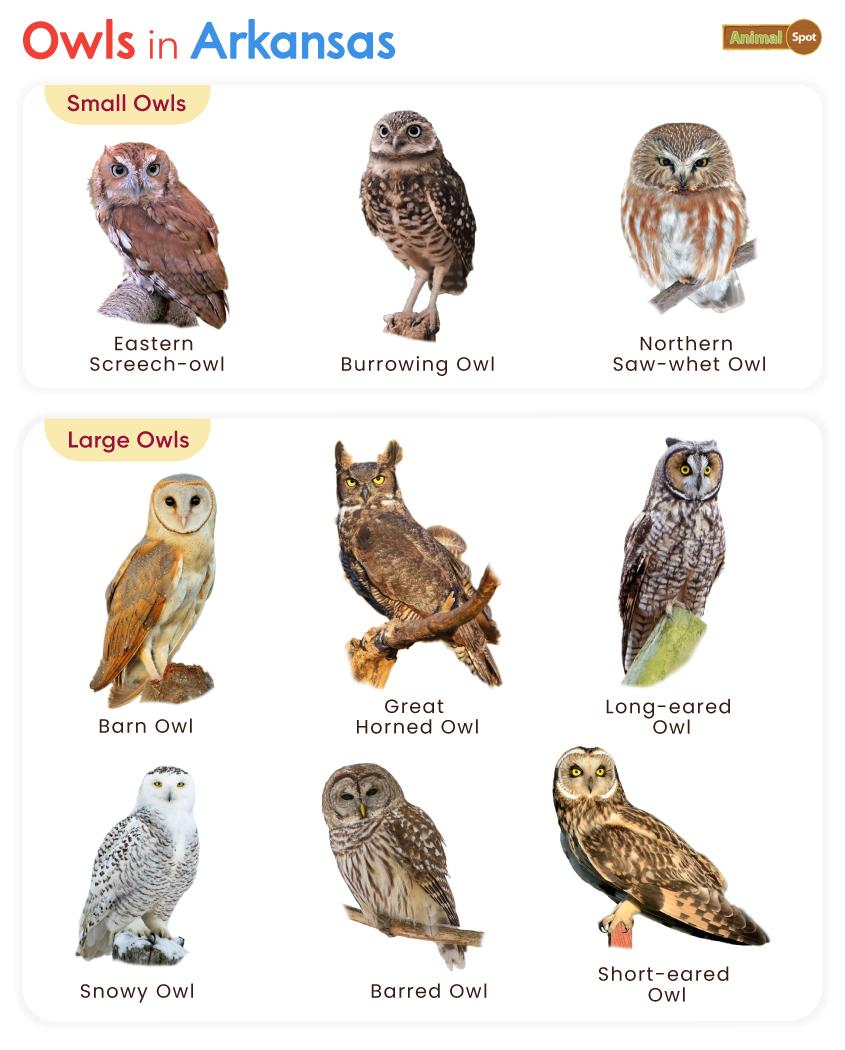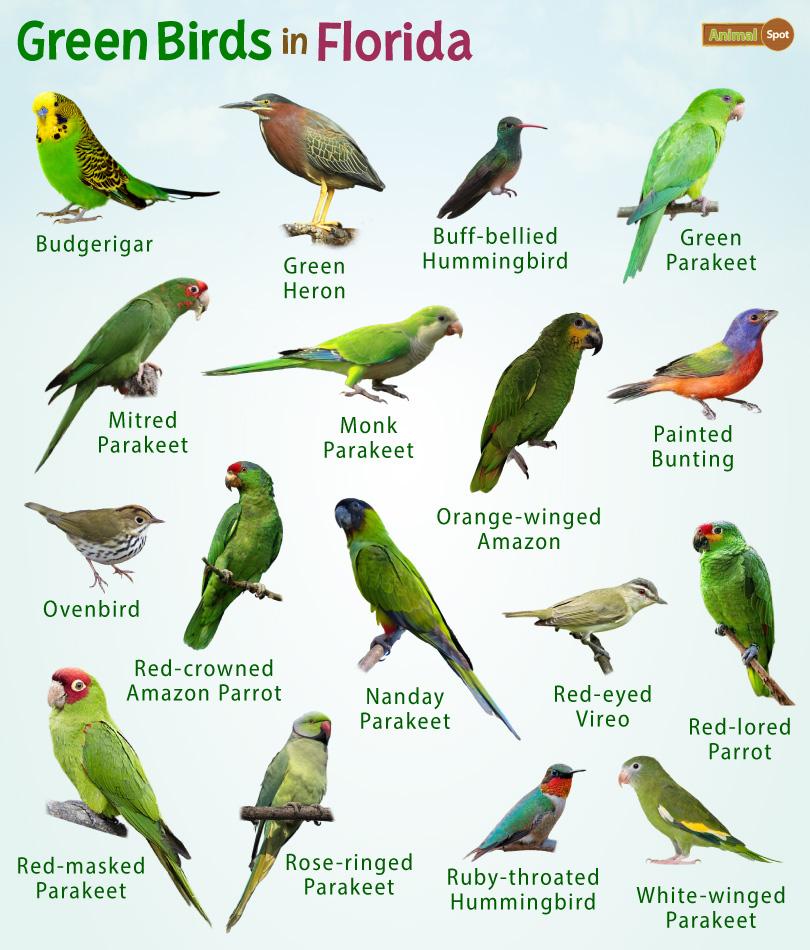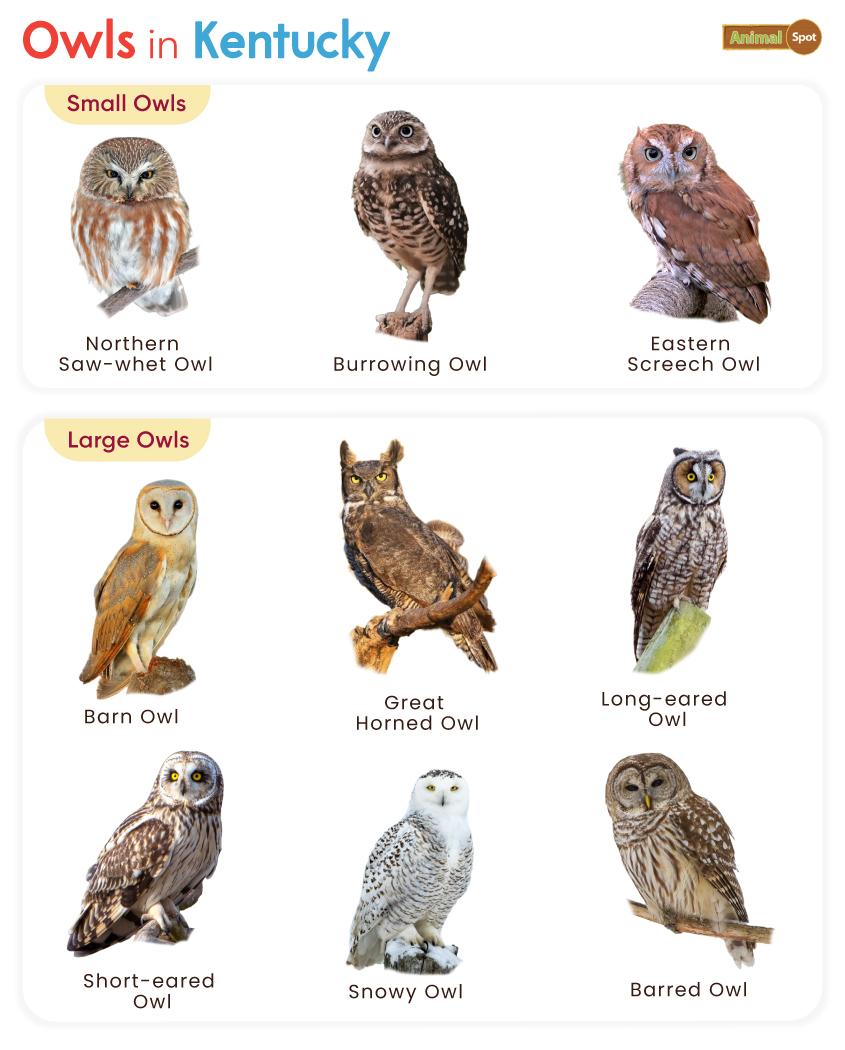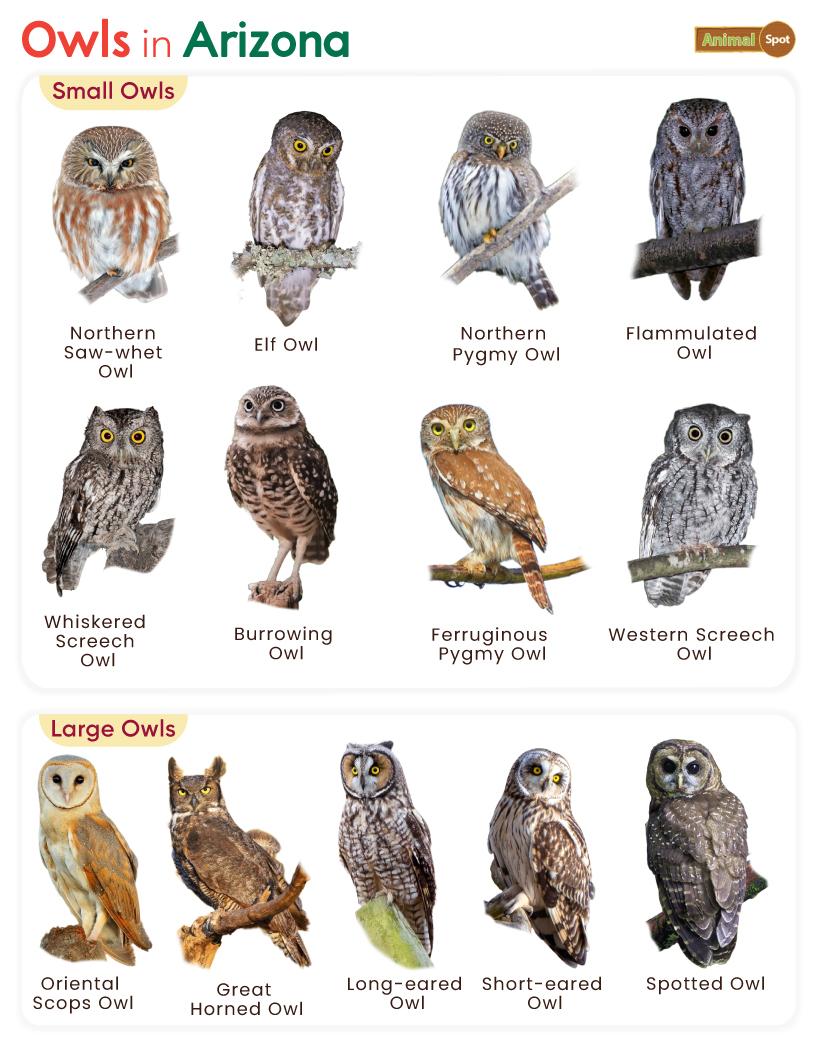Small Owls Eastern Screech Owl Length: 6-10 inches Native Common throughout Florida; frequently found in urban and suburban areas, including cities like Tampa, Orlando, and Jacksonville Late winter to early spring (February to April) Burrowing Owl Length: 9-11 inches Native Common in Southern and Central Florida , especially in open fields; notable populations in Cape Coral and other parts of Southwest Florida Late winter to early spring (February to August) Ferruginous Pygmy Owl Length: 6-7 inches Accidental Rare, with occasional sightings, mainly in southern Florida Potentially year-round, with peaks in spring Flammulated Owl Length: 6.5-7.5 inches Accidental Rare, with no regular sightings reported Late spring to early summer (May to June) Western Screech Owl Length: 8-10 inches Accidental Very rare, with occasional sightings Late winter to early spring (February to April) Elf Owl Length: 4.9-5.9 inches Accidental Extremely rare, with sightings likely linked to escaped captive birds or vagrants Spring to early summer (March to June) Northern Saw-whet Owl Length: 7 – 8 inches Accidental Rare, with occasional sightings, especially in Northern Florida Late winter to early spring (February to April) Northern Pygmy Owl Length: 6 – 7 inches Accidental Extremely rare, with sporadic sightings in wooded habitats Late winter to early spring (February to April) Large Owls Barn Owl Length: 12-16 inches Native Widespread throughout Florida, often found in rural areas, barns, and farmlands; notable populations in North Florida and the Panhandle Year-round, with peaks in late winter and spring (March to June) Great Horned Owl Length: 18-25 inches Native Statewide distribution; adaptable to various habitats, including forests, urban areas, and suburbs Late fall to early winter (November to January) Barred Owl Length: 16-24 inches Native Common throughout Florida, especially in wooded habitats; notable populations in Central Florida and the Gulf Coast region Late winter to early spring (February to April) Short-eared Owl Length: 13-17 inches Native Rarely seen, mainly in Central and South Florida during winter Varies, often in early spring (March to June, peaking in April) Snowy Owl Length: 20-27 inches Accidental Unusual sightings, typically in Northern Florida, during migration years or irruptive movements Varies by region and based on prey availability (any time between May and September) Spotted Owl Length: 16-19 inches Accidental No regular sightings Late winter to early spring (February to April) Great Gray Owl Length: 24-33 inches Accidental Very rare and unexpected, with any sightings being significant Late winter to early spring (February to April) Long-eared Owl Length: 13-16 inches Accidental Infrequent, with few confirmed sightings Late winter to early spring (February to April) Stygian Owl Length: 15-18 inches Accidental Rarely seen, with any Florida sightings being of notable interest Varies widely, with limited information 
